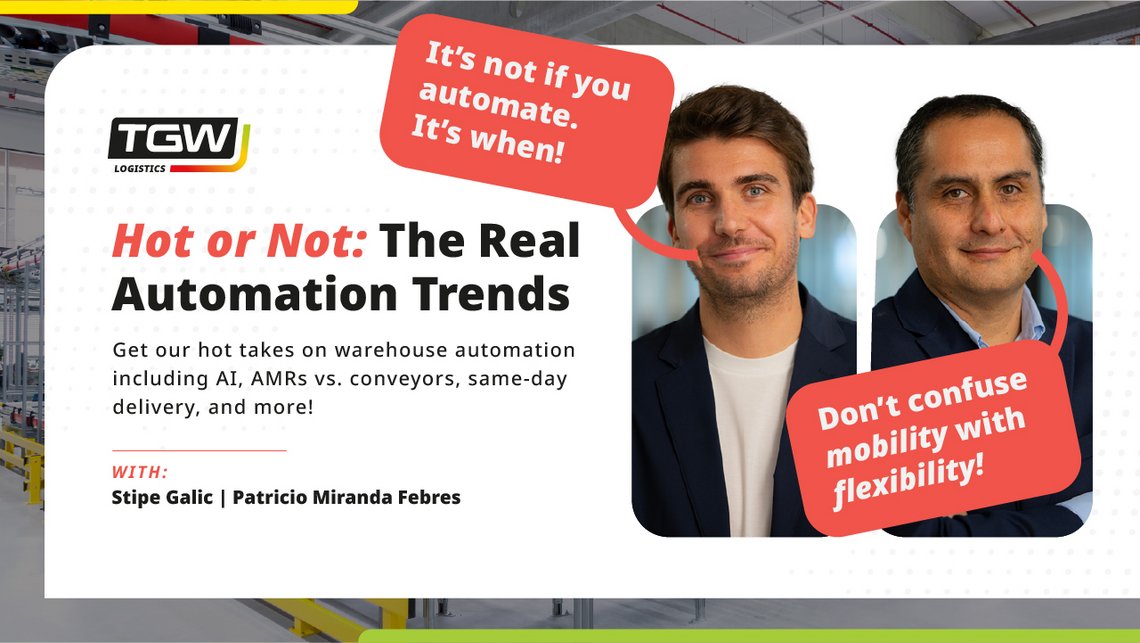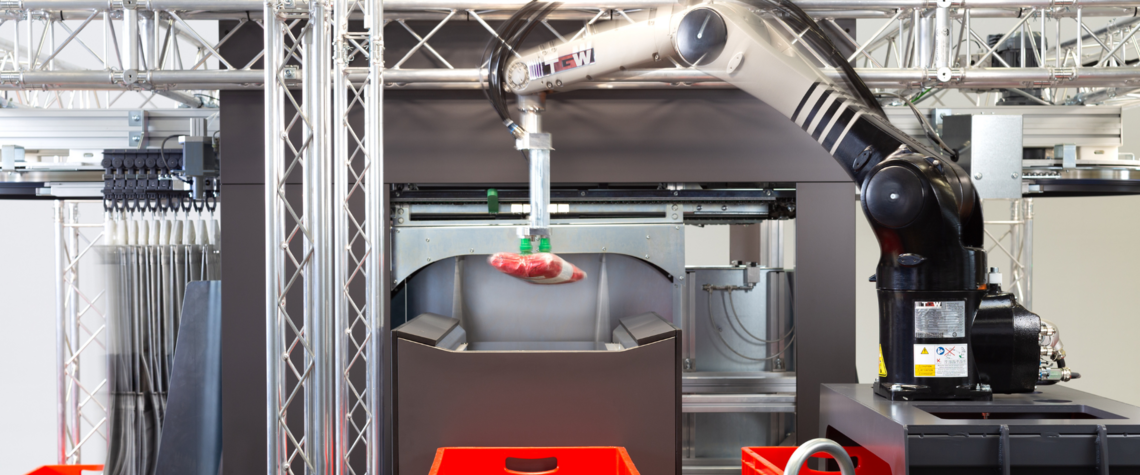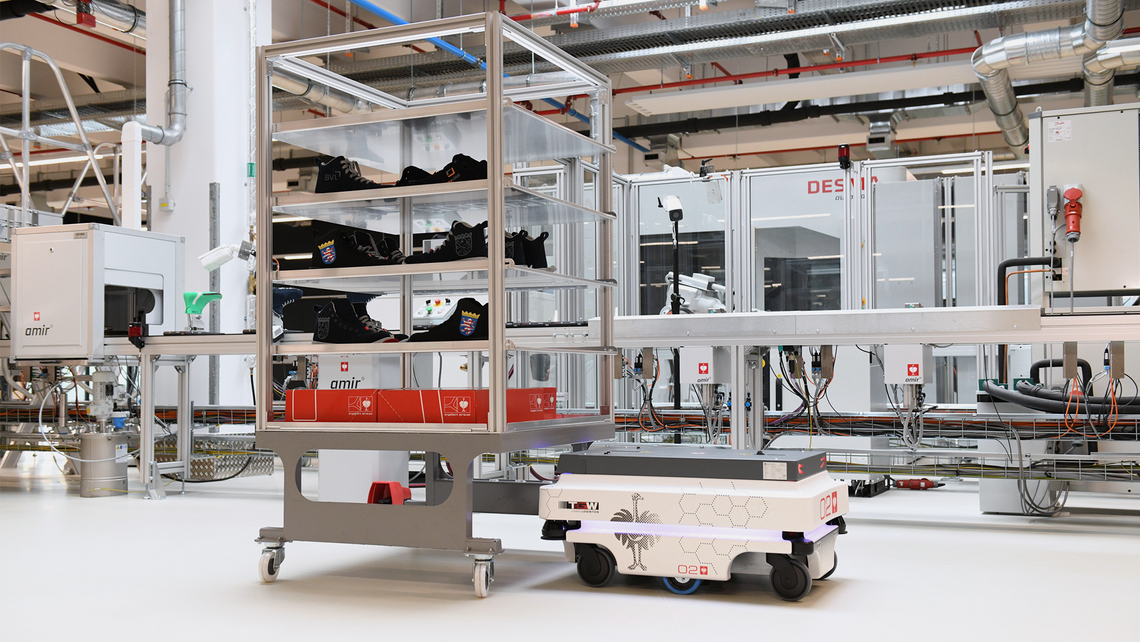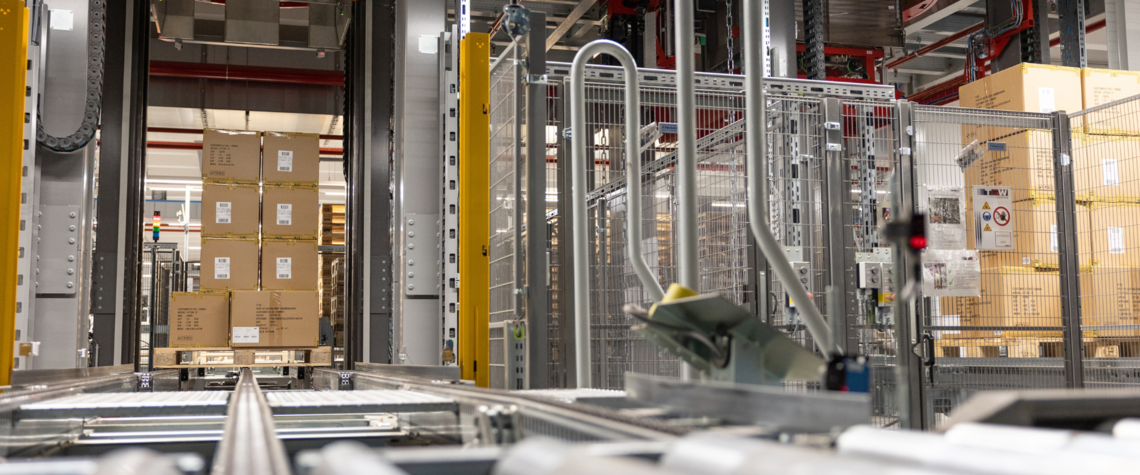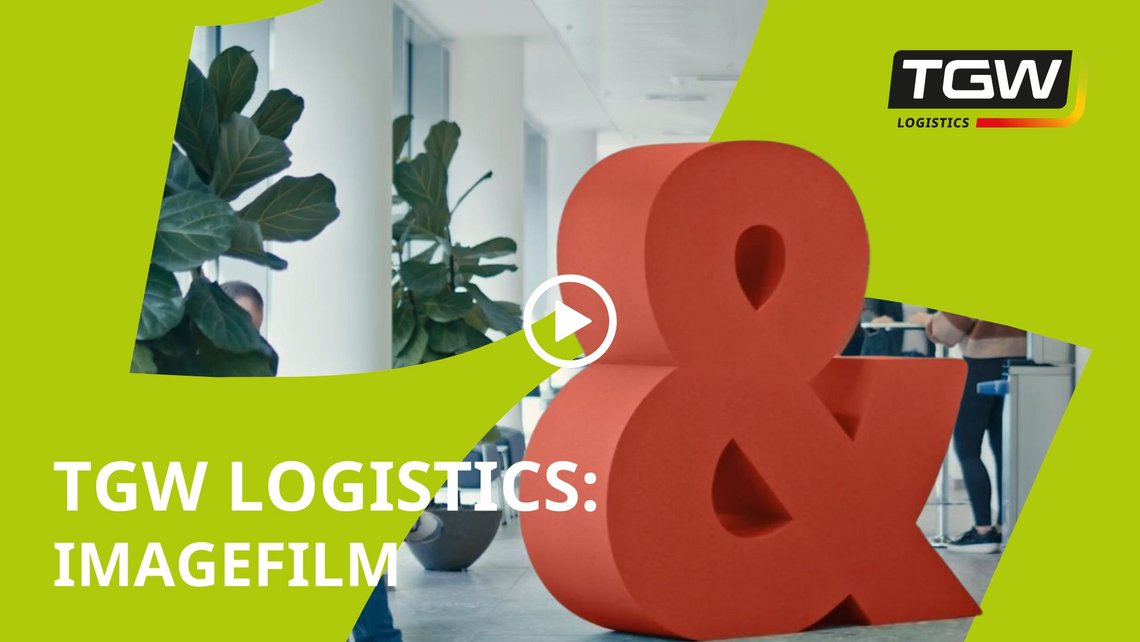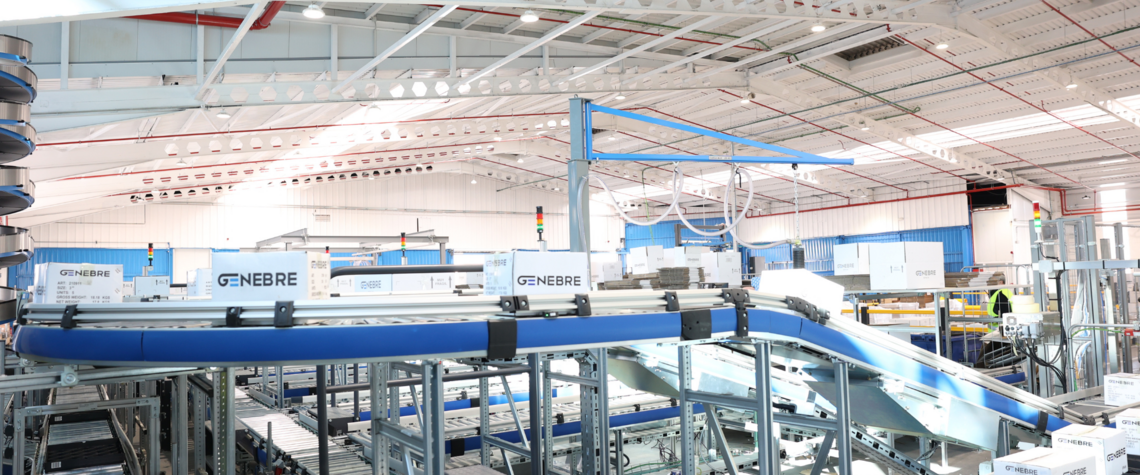

Dark warehouses promise futuristic efficiency—but are they right for every business? Warehouse automation is key if you’re looking for a highly efficient, cost-saving option for high-volume warehouses. Still, there are also challenges before investing in a fully automated distribution center.
Let’s look at the pros and cons of a fully automated fulfillment center and how some businesses may benefit from a middle-ground approach to automation that’s tailored to their needs and has room to scale in the future. With the right strategy and a smart approach to automation, your warehouse can enjoy the speed, efficiency, and accuracy of automating your order fulfillment.
What is a Fully Automated Fulfillment Center?
As the number of warehouses continues to grow, along with demands for greater capacity, companies are increasingly looking to automation and dark warehouses to meet their needs. A dark warehouse is a fully automated and autonomous warehouse. Its opposite is the light warehouse, which is a traditional warehouse that depends on human labor for operations and order fulfillment
From receiving goods to fulfilling orders, a dark warehouse relies on robots, automated guided machinery, autonomous mobile robots, and automated storage and retrieval systems. A central warehouse management system oversees operations and manages logistics to keep everything working smoothly and accurately.
The overall goal of the dark warehouse is to minimize the need for humans to run warehouse operations and maintain a “lights out” working environment that saves on costs and enhances efficiency. A dark warehouse can run 24/7 without human assistance.
Industries that rely on speed and accuracy to fulfill a high volume of orders commonly use fully automated fulfillment centers. For instance, the consumer goods and grocery industries commonly use dark warehouses for order fulfillment since they handle many online orders and must fulfill orders quickly.
With automation, companies maintain faster turnarounds and better accuracy across many orders. In grocery logistics, automation can assist in quickly fulfilling orders involving perishable goods and decrease the need for labor in difficult-to-staff cold and freezer environments.
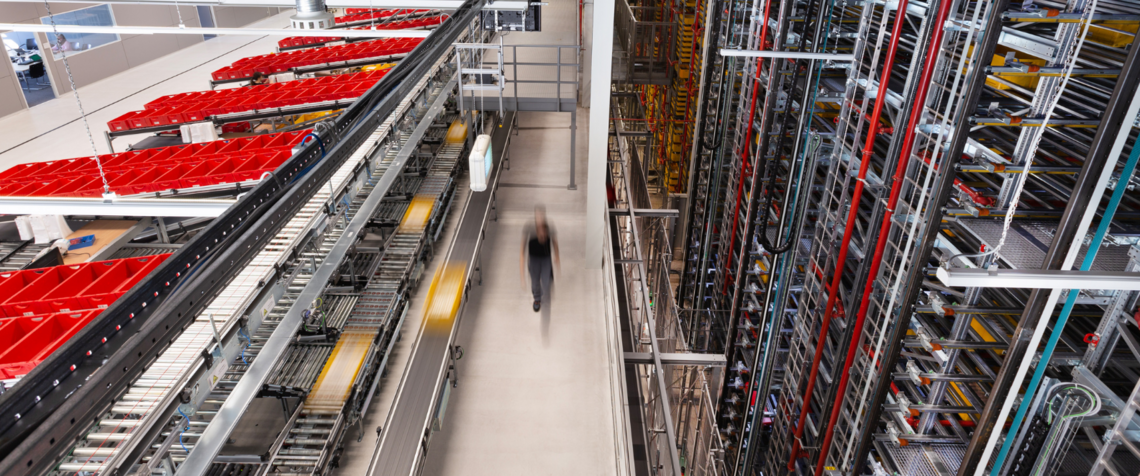

The Pros of Full Automation
A fully automated warehouse offers many advantages for a fast-paced, high-volume warehouse. Automation is especially critical for building supply chain resiliency and navigating unplanned disruptions, which is why 51% of companies reported plans to increase automation in 2022 as a response to labor shortages.
- Reduced labor dependency. Machines never need vacations, wake up with the flu, or need lunch breaks. They can continue running around the clock for seamless productivity. Operations continue uninterrupted even during labor shortages.
- Speed and throughput improvement.. Automation is a time-saving approach to warehouse operations. Picking, packing, and shipping can happen faster and more efficiently than in traditional warehouses.
- Consistency and quality control. With robots retrieving goods from storage to packing stations and a warehouse management system overseeing operations, there is little room for error. Faster, more accurate shipments lead to higher customer satisfaction and fewer returns.
- Optimized use of space. Fully automated warehouses don’t require wide aisles for humans and forklifts, so cartons, totes, and pallets can be stored closer together and from floor to ceiling, optimizing the use of warehouse space and allowing for the storage of more inventory.
- Improved safety. Since humans are no longer on the warehouse floor retrieving goods and building pallet orders, there is less risk of injury and fatigue.
The Cons of Full Automation
A fully lights-out approach to warehouse operations does have some drawbacks. Companies should carefully consider these cons when deciding on their automation needs.
- High upfront investment costs. Creating a fully automated warehouse requires a substantial upfront investment in robotics, machinery, and specialized software. Additionally, as robotic and manufacturing technology advances, these systems are becoming less costly and more accessible.
- Maintenance costs and downtime risk. While technology often makes life easier, it also requires software updates and regular maintenance, which must be considered in the costs of upgrading to full automation. Without proper planning and access to fast maintenance services, fully dark warehouses could face downtime and delays in operations.
- Workforce displacement challenges. Automation replaces work traditionally performed by humans, which means some positions may be eliminated. To avoid the impact on the workforce and economy, companies can invest in training and upskilling programs to help their current workforce adapt to the changes. Technical experts will be needed to maintain and remotely manage the new technologies or software.
Recommended Watch
Curious to know more of our thoughts about dark warehouses? Click to watch our “Hot or Not: The Real Automation Trends” podcast episode where Stipe Galic and Patricio Miranda Febres share their opinions on trending topics like fully automated warehouses, AI use cases, mobile robotics, and more.
Automation Isn’t All or Nothing
Fortunately, going all-in on automation doesn’t need to happen simultaneously. Different levels of automation can help companies reap the benefits for their order fulfillment without going fully dark. Scaling automation gradually can yield significant benefits.
TGW Logistics’ modular solutions allow you to develop levels of automation suited to your needs and then grow as needed.
Some different levels of automation include the following:
Unlike the “person-to-goods” approach, where workers retrieve the goods, workers remain at pick stations while robots retrieve goods, increasing efficiency and accuracy without shifting to a fully automated system. This leads to faster picking times and order fulfillment.
Semi-automated palletizing combines automation with human labor to improve pallet building times and optimize output without the scale and investment of a fully automated system. This allows warehouses to tailor automation to their needs and scale up with future growth
Autonomous mobile robots (AMR) retrieve goods in a warehouse instead of humans. AMRs work independently, using sensors and cameras to navigate the warehouse environment. They can automate repetitive tasks and work alongside humans, who are freed up to focus on other tasks. This option increases efficiency in operations and allows for flexibility.
TGW Logistics’ modular systems, such as FlashPick, a goods-to-person automated solution, and FullPick, which is tailored for grocery logistics, allow for stepwise scaling. Technologies like AMRs or RovoFlex can be easily increased in number based on changing needs, which shortens implementation times.
To decide which level of automation is right for you, start by thinking strategically. What are your critical pain points? Use automation to address those first, then add on automation as you continue growing. TGW Logistics is ready to partner with you to choose the right solution.
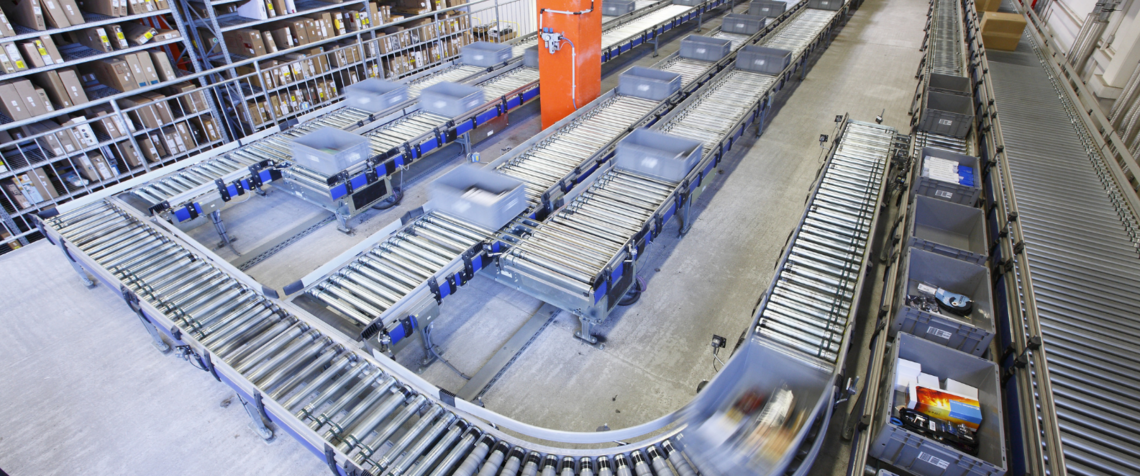

Strategic Automation for Better Order Fulfillment
A dark warehouse comes with trade-offs. You gain efficiency, speed, and accuracy while saving on costs, but you also need to make a substantial upfront investment and be prepared for the continued costs of maintenance and repairs. Investing strategically in automation based on operational size, SKU complexity, and growth projections is essential.
That’s why a phased approach can help you tailor your needs to business goals and operational realities. Warehouse automation isn’t black or white–it’s about finding the balanced solution to meet your needs and plans for future growth.
From Retail to Grocery Logistics: TGW Logistics Supports Smart Automation
Are you ready to optimize your fulfillment center at your own pace?
Adopting a modular, phased approach from TGW Logistics means reaping the benefits of automation that fits your business needs. Talk to TGW Logistics about customized, scalable warehouse automation solutions that optimize your order fulfillment.
Please contact us to discover how we can support your automation journey.
TGW Logistics is a foundation-owned company headquartered in Austria and a global leader in warehouse automation and warehouse logistics. As a trusted systems integrator with more than 50 years of experience, we deliver end-to-end services: designing, implementing, and maintaining fulfillment centers powered by mechatronics, robotics, and advanced software solutions. With over 4,500 employees spanning Europe, Asia, and North America, we combine expertise, innovation, and a customer-centric dedication to help keep your business growing. With TGW Logistics, it's possible to transform your warehouse logistics into a competitive advantage.
